LibrarySearch Results: California Institute of Technology
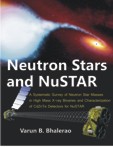
This book centers around the study of neutron stars, especially those in massive binary systems. To this end, it has two distinct components: the observational study of neutron stars in massive binaries with a goal of measuring neutron star masses and participation in NuSTAR, the first imaging hard X-ray mission, one ...
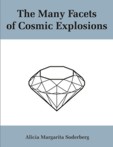
Over the past few years, long-duration gamma-ray bursts (GRBs), including the subclass of X-ray flashes (XRFs), have been revealed to be a rare variety of Type Ibc supernova (SN Ibc). While all these events result from the death of massive stars, the electromagnetic luminosities of GRBs and XRFs exceed those of ...

The various possibilities for the origin ("progenitors") of gamma-ray bursts (GRBs) manifest in differing observable properties. Through deep spectroscopic and high-resolution imaging observations of some GRB hosts, I demonstrate that well-localized long-duration GRBs are connected with otherwise normal ...
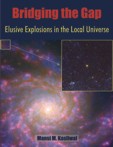
For centuries, we have known that our dynamic universe is adorned by cosmic fireworks: energetic and ephemeral beacons of light from a single star that are a million (nova) to a billion (supernova) times brighter than our sun. However, it had been an age-old conundrum that the brightest nova is approximately 1000 ...
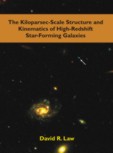
We study the spatially resolved properties of star-forming galaxies at redshift z ~ 2 - 3 on scales ~ 1 kpc using a combination of morphological and kinematic analyses in an effort to characterize the major mechanisms of galaxy formation in the young universe. Using a sample of 216 galaxies which have been ...

The diversity of stellar death is revealed in the energy, velocity and geometry of the explosion debris ("ejecta''). Using multi-wavelength observations of gamma-ray burst (GRB) afterglows I show that GRBs, arising from the death of massive stars, are marked by relativistic, collimated ejecta ("jets'') with a wide ...
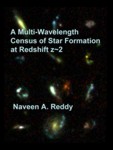
We examine the census of star-forming galaxies and their extinction properties at redshift z~2, when a large fraction of the stellar mass in the universe formed. We find a good agreement between the X-ray, radio, and de-reddened UV estimates of the average star formation rate (SFR) for our sample of z~2 galaxies ...

Neutron stars are invaluable tools for exploring stellar death, the physics of ultra-dense matter, and the effects of extremely strong magnetic fields. The observed population of neutron stars is dominated by the >1000 radio pulsars, but there are distinct sub-populations that, while fewer in number, can have ...
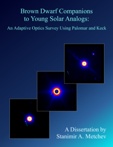
We present results from an adaptive optics survey conducted with the Palomar and Keck telescopes over 3 years, which measured the frequency of stellar and sub-stellar companions to Sun-like stars. The survey sample contains 266 stars in the 3-10000 million year age range at heliocentric distances between 8 and ...
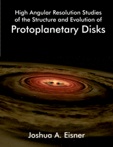
Young stars are surrounded by massive, rotating disks of dust and gas, which supply a reservoir of material that may be incorporated into planets or accreted onto the central star. In this dissertation, I use high angular resolution observations at a range of wavelengths to understand the structure, ubiquity, ...

We study the properties of star-forming galaxies at redshift z~2, an era in which a substantial fraction of the stellar mass in the universe formed. Using 114 near-IR spectra of the H-alpha and [N II] emission lines and model spectral energy distributions fit to rest-frame UV through IR photometry, we examine the ...
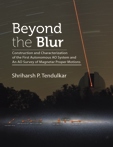
Adaptive optics (AO) corrects distortions created by atmospheric turbulence and delivers diffraction-limited images on ground-based telescopes. The vastly improved spatial resolution and sensitivity has been utilized for studying everything from the magnetic fields of sunspots upto the internal dynamics of ...
